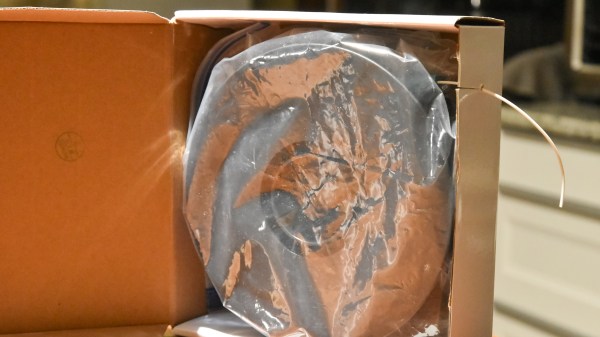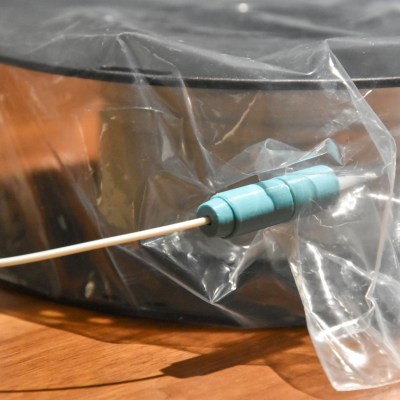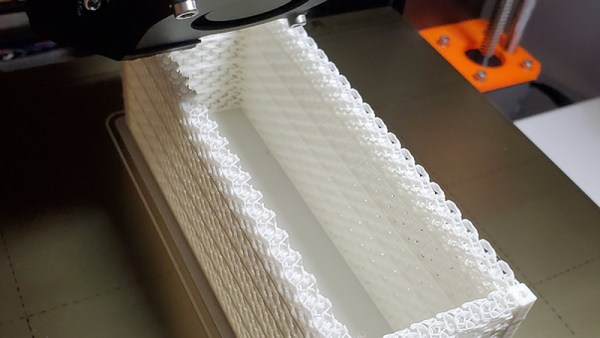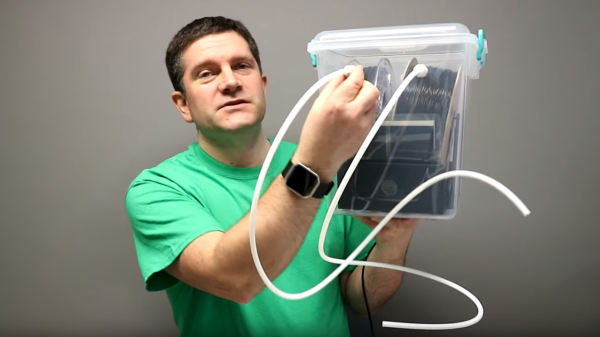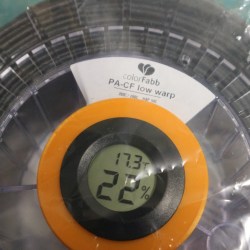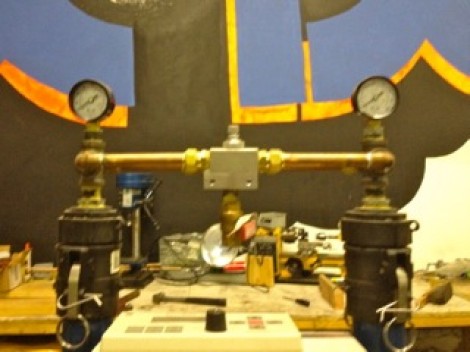Everyone knows those small bags of forbidden “Do not eat” candy that come with fresh rolls of FDM filament as well as a wide range of other products. Containing usually silica gel but sometimes also bentonite clay, these desiccant bags are often either thrown away or tossed into bags of FDM filament with a ‘adding one can’t hurt’ attitude. As [Stefan] over at CNC Kitchen recently figured out, adding an already saturated bag of desiccant into e.g. an airtight container with a freshly dried spool of filament can actually make the humidity in the container spike as the desiccant will start releasing moisture. So it’s best to dry those little bags if you intend to reuse them, but what is the best way?
Among the ‘safe’ contenders are an oven, a filament dryer and the ‘filament drying’ option of [Stefan]’s Bambu Lab FDM printer. These managed to remove most of the moisture from the desiccant in a few hours. The more exciting option is that of a microwave, which does the same in a matter of minutes, requiring one or more ~5 minute sessions at low power, which effectively also used less power than the other options. Among the disadvantages are potentially melting bags, silica beads cracking, the bentonite clay desiccant heating up rather dangerously and the indicator dye in silica beads may be damaged by the rapid heating.
After all of this testing, it would seem that there are many good options to reuse those desiccant bags with a bit of care, although for those who happen to have a vacuum chamber nearby, that might be an even faster option.
Continue reading “Figuring Out The Most Efficient Way To Reuse Bags Of Desiccant”



